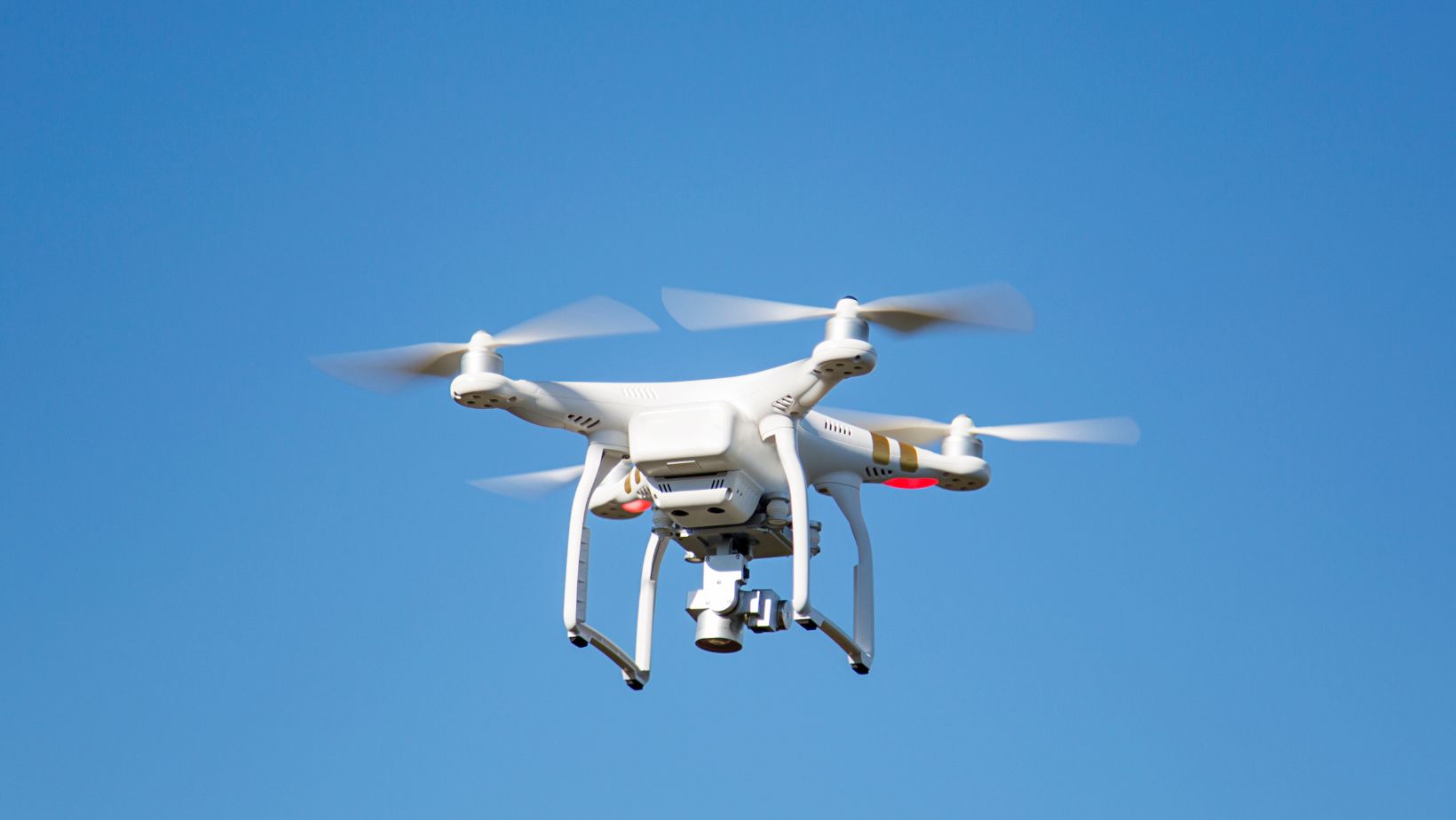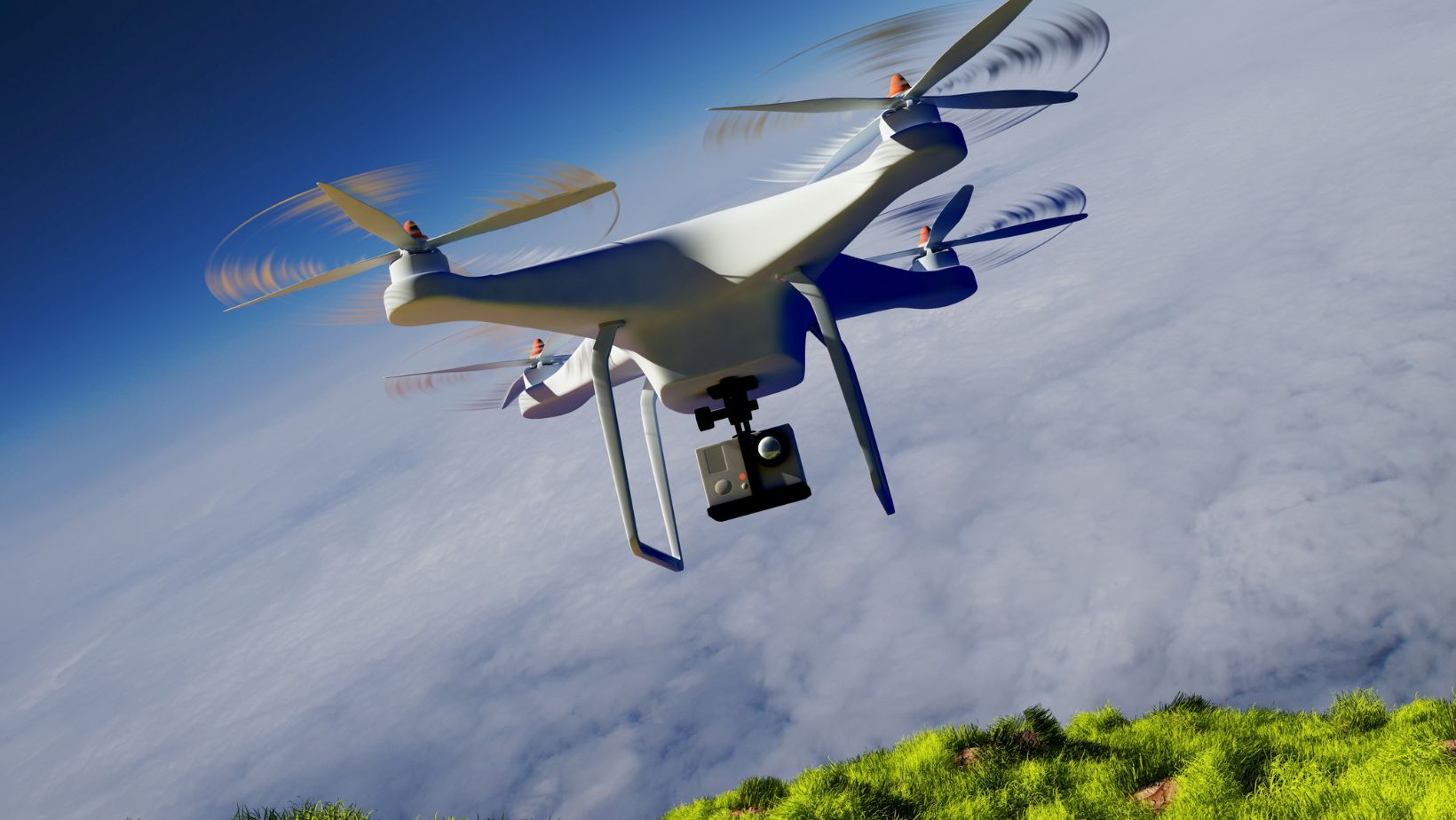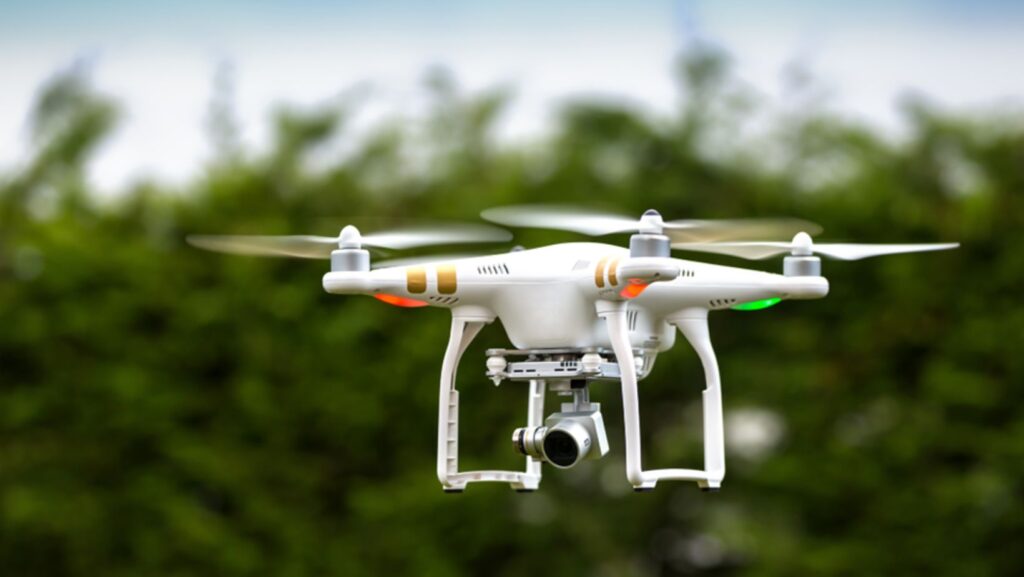Drone photography has revolutionized travel imagery, offering photographers unprecedented perspectives previously accessible only through costly helicopter rentals or specialized equipment. Whether capturing vibrant cityscapes, sweeping natural landscapes, or striking architectural patterns, aerial photography provides a fresh viewpoint that can elevate your travel photography dramatically. If you’re aiming to create images as captivating as professionally curated stock photos, mastering drone photography is essential. Here’s how to achieve awe-inspiring aerial shots on your next adventure.
Understanding Drone Photography Basics
Before your drone takes flight, it’s crucial to familiarize yourself with fundamental aspects of drone photography:
- Safety First: Always check local regulations regarding drone usage, ensuring you operate legally and safely.
- Know Your Equipment: Spend ample time mastering drone controls and camera settings. Understand essential functionalities like altitude limits, battery life, and flight modes.
- Respect Privacy: Be mindful of people’s privacy and avoid flying over private properties or crowded public spaces without explicit permission.
Choosing the Right Drone for Travel Photography
Selecting the best drone for your photography needs significantly impacts your image quality:
- Image Quality: Choose drones equipped with high-resolution cameras (ideally 4K video capabilities and high-resolution still images).
- Portability: Opt for compact, foldable drones designed specifically for travel. Lightweight drones are easier to transport and quicker to deploy in remote locations.
- Stability Features: Ensure your drone has advanced stabilization features, such as gimbals and anti-vibration mounts, to guarantee sharp, professional-quality images.
Planning Your Drone Flights
Preparation is key to capturing breathtaking aerial travel images:
1. Scout Locations in Advance
Use satellite maps, Google Earth, or specialized drone photography apps to identify interesting locations and plan your flight routes.
2. Monitor Weather Conditions
Check weather forecasts meticulously. Clear, calm conditions offer optimal flying and photographic opportunities, while dramatic weather patterns can sometimes create visually striking images—provided it’s safe to fly.
3. Golden Hour Timing
Just like traditional photography, drone images greatly benefit from the soft, warm lighting of the golden hour shortly after sunrise or before sunset. This lighting enhances textures, colors, and depth in your aerial photographs.
Composition Techniques for Aerial Photography
Drone photography introduces unique compositional challenges and opportunities:
1. Utilize Leading Lines
From above, roads, rivers, coastlines, or pathways become striking leading lines guiding the viewer’s eye through your composition, creating visually compelling images.
2. Embrace Patterns and Textures
Aerial views highlight fascinating patterns—natural or man-made—that are often invisible from ground level. Agricultural fields, urban rooftops, or forest canopies can reveal stunning geometric or organic patterns.
3. Negative Space
Leverage negative space effectively to emphasize your subject and simplify compositions.

Expansive skies, open water, or broad landscapes provide clean backgrounds, creating impactful minimalist aerial images.
4. Experiment with Perspectives
Alter drone altitude and angles frequently to discover fresh perspectives. Lower flights can capture detailed, intimate scenes, while higher altitudes offer sweeping, panoramic views.
Mastering Camera Settings for Drone Shots
Maximize your drone’s camera potential by fine-tuning these key settings:
- Manual Mode: Shooting in manual mode provides full control over exposure settings, allowing you to adjust ISO, shutter speed, and aperture precisely for optimal results.
- RAW Format: Always shoot in RAW format, providing greater flexibility in post-processing and preserving maximum image quality.
- Bracketing and HDR: Utilize exposure bracketing or HDR modes for scenes with challenging lighting, ensuring balanced, detailed exposures across shadows and highlights.
Creative Ideas for Drone Travel Photography
- Top-Down Shots: Perfectly vertical top-down perspectives reveal intriguing geometric patterns or detailed textures, providing visually striking and often abstract compositions.
- Dynamic Landscapes: Capture dramatic natural features, such as mountains, coastlines, rivers, or deserts from unique vantage points to enhance their grandeur.
- Urban Exploration: Highlight city patterns, architecture, or street layouts from above, creating visually compelling urban landscapes.
- Human Element: Incorporate people or activities—such as surfers, hikers, or marketplaces—to add scale, context, and storytelling depth to your aerial images.
Post-Processing for Stunning Aerial Images
Editing enhances drone photographs, ensuring they reach their full potential:
- Correct Distortion: Adjust lens distortion and correct horizon alignment for visually pleasing compositions.
- Color Grading: Enhance colors subtly and harmonize the overall color scheme, adding emotional resonance and mood to your images.
- Sharpen and Reduce Noise: Enhance details through sharpening, and apply noise reduction gently to maintain image clarity without over-processing.
Properly edited drone images not only captivate viewers but also rival the polished aesthetics commonly seen in premium stock photography, enhancing their versatility for use in various professional or commercial contexts.
Ethical and Legal Considerations
Ethical and legal considerations are paramount in drone photography:
- Follow Local Laws: Research and comply strictly with local drone regulations and no-fly zones.
- Environmental Awareness: Avoid disturbing wildlife or natural habitats. Fly responsibly, respecting both nature and local communities.

- Insurance: Consider drone insurance to mitigate risks associated with drone damage, loss, or third-party liability.
Integrating Drone Photos with Stock Imagery
While capturing original aerial photographs significantly enhances your photographic repertoire, thoughtfully integrating professionally shot drone stock images can provide additional visual context or fill gaps in your collection. Selecting complementary stock visuals ensures consistency, elevates your content’s professionalism, and enhances its overall visual appeal.
Common Mistakes in Drone Photography (and How to Avoid Them)
- Overflying: Extended flying sessions without breaks risk losing attention to detail or missing optimal conditions. Plan shorter, focused flights.
- Poor Planning: Flying without prior scouting or preparation often results in missed photographic opportunities. Spend time in advance planning your flight paths and compositions.
- Ignoring Lighting Conditions: Aerial photography is heavily affected by lighting conditions. Always consider lighting carefully, prioritizing early morning or late afternoon hours.
Conclusion
Drone photography offers a powerful way to capture stunning, memorable, and professionally compelling travel images. With careful planning, thoughtful compositions, and skillful post-processing, you can elevate your travel photography dramatically, capturing awe-inspiring images that stand apart distinctly from typical snapshots and align closely with premium visual standards. Embrace drone photography today to bring extraordinary perspectives to your travel narratives.
